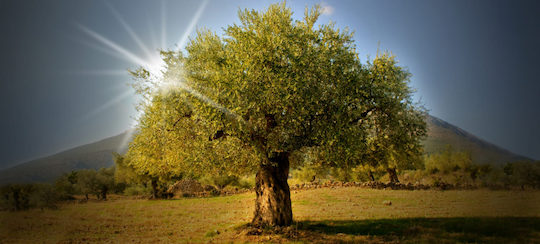In 1983, the first study was carried out to record the surface area of olive groves on the planet. On that date there were 20 countries with almost 7 million hectares in production, almost 100 percent of which were traditional and rainfed or with deficient water supply. Of the total, less than eight percent was irrigated. Similarly, olive oil consumption extended little beyond the producing countries.
Today, after 40 years of evolution and expansion, there are 11.7 million hectares of olive groves producing olive oil, which is consumed in 198 countries, that is, all over the world.
This expansion of the crop has mainly taken place on the shores of the Mediterranean Sea and the entire strip located between the 35º and 45º parallels, these being the traditional latitudes for this crop. However, due to the sophistication of the crop, as well as climatic moderation, it has spread outside this range, extending to the parallels 25º and 47º and between -25º and -47º.
The northernmost olive mill on the planet is located in the Gulf Islands of Canada, on the west coast, where there are two olive farms, one dedicated to table olives and the other, larger, oriented to the production of olive oil. Andrew Butt was the first farmer to bet on the olive tree. Since 2001, and with several trials of different varieties, he has been growing Frantoio and Leccino, dedicating his production to table olives, which he prepares himself.
At the opposite extreme, in Patagonia, given the great capacity of the olive tree to adapt to environments with scarce water and resistance to low temperatures, he has found in the Patagonian area, with the help of Bodega Familia Schoreder and Praderas Neuquinas, a good place to produce high quality extra virgin olive oil.
Translated with DeepL.com (free version)

